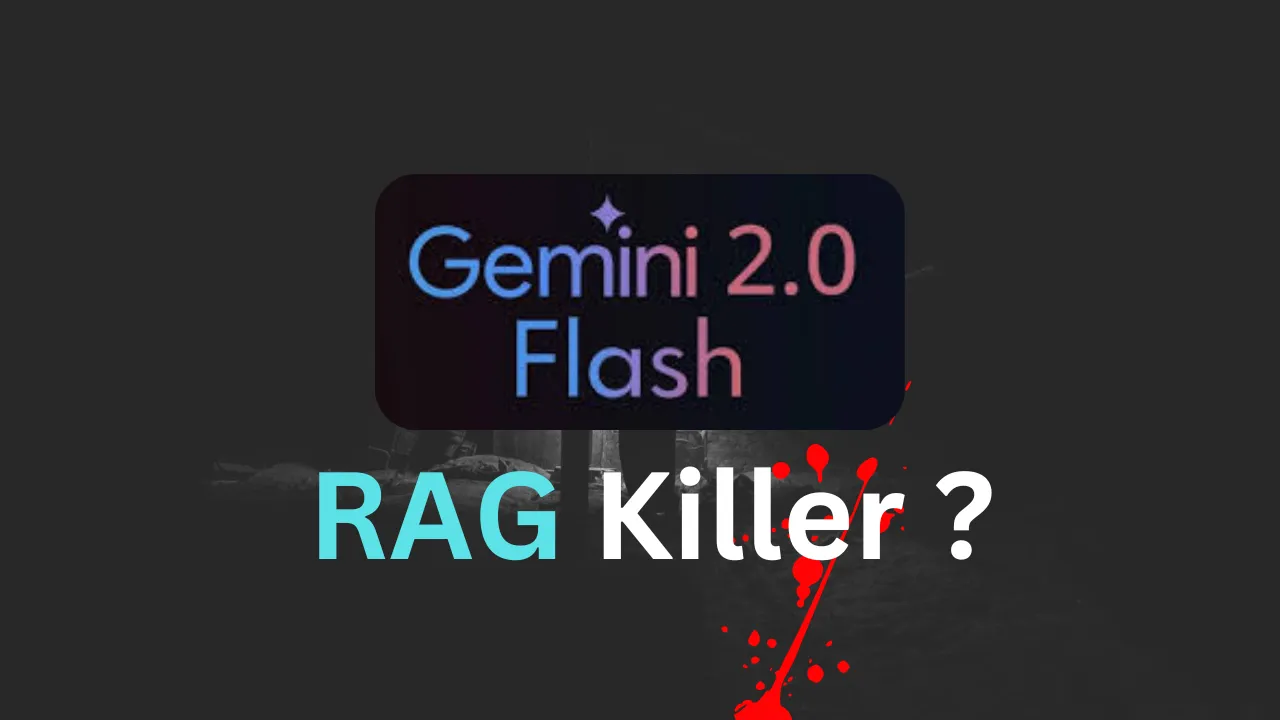Google has just launched Gemini 2.0 Flash, and let’s be honest—it might be the most cost-effective and powerful AI model available right now.
For a while, there has been ongoing debate about whether Retrieval-Augmented Generation (RAG) is still necessary. Some AI experts believe it’s becoming obsolete, while others remain skeptical. So, what’s really going on?
In this article, we’ll break it down:
- What exactly is RAG?
- Why might it not be as essential as before?
- What does this mean for AI development and users?
Understanding RAG: What Is It and How Does It Work?
If you’re new to the AI field, RAG (Retrieval-Augmented Generation) is a technique that enables AI models to fetch external data in real-time to improve their responses. It has been widely used to enhance the knowledge base of models like ChatGPT by allowing them to access information beyond their original training data.
You’ve probably encountered RAG without even realizing it. Ever used AI-powered search tools like Perplexity AI or Microsoft Bing’s AI search? When they retrieve real-time information while answering your queries, that’s RAG in action. Similarly, when you upload a document to ChatGPT and ask questions about it, the model is employing RAG to analyze and retrieve relevant details.
Why Might RAG No Longer Be Essential?
With the introduction of advanced AI models like Gemini 2.0 Flash, the role of RAG is being questioned. Here’s why:
- Enhanced Internal Knowledge: Newer AI models are being trained on larger and more comprehensive datasets, reducing the need for external retrieval.
- Improved Efficiency: Direct generation without retrieval cuts down response times and computational costs.
- Better Contextual Understanding: AI models are becoming more adept at handling complex queries without requiring additional data sources.
What This Means for AI Development
If you’re in the AI space, this shift is crucial. While RAG has been a go-to solution for AI enhancements, Gemini 2.0 Flash is proving that powerful, standalone models may outperform retrieval-based systems in many scenarios.
That doesn’t mean RAG will disappear overnight, but its role in AI workflows could diminish significantly. Developers might start prioritizing self-contained, high-efficiency models over complex retrieval architectures.
Final Thoughts
The launch of Gemini 2.0 Flash signals a major shift in AI capabilities. While RAG has been invaluable, emerging AI models may soon make it less of a necessity. Whether this marks the end of RAG or just a transformation in how we use AI remains to be seen.
One thing is certain: AI is evolving fast, and staying ahead of the curve has never been more important.
